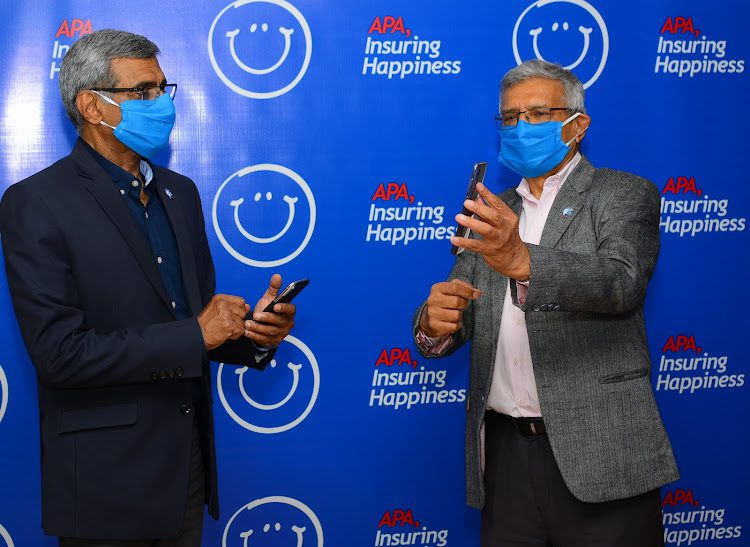In Summary
- Kenya plans to push its health insurance penetration to 45% by 2030 from the current 22%.
- Overall, Kenya’s three percent insurance penetration is the third lowest in Sub-Saharan Africa with South Africa leading at 17 percent.
Swiss Capacity Building Facility (SCBF) and APA Insurance have partnered with a consortium of local insurance innovators to build low-cost health insurance.
The partnership seeks to provide affordable and relevant primary healthcare insurance solutions to under-served Kenyans.
Kenya plans to push its health insurance penetration to 45 per cent by 2030.
Overall, Kenya’s three per cent insurance penetration is the third lowest in Sub-Saharan Africa with South Africa leading at 17 per cent.
This is due to most of Kenya’s population perceiving insurance as a “nice-to-have/easy to discard” product rather than one that is essential.
It is an innovative solution designed with a hybrid model of capitation costs and in-patient benefits for patients who become hospitalised.
“We are proud to launch this innovative initiative which will see thousands of under-served households in rural and peri-urban Kenya have access to sustainable primary health care financing solutions,” Dana Ellis, senior operations manager at SCBF said.
The technical assistance funding from SCBF will contribute to strengthening financial inclusion and increasing resilience against primary healthcare costs for under-served communities in Kenya, intending to reach at least 50 per cent of women.
This is aligned with the Government of Kenya’s 2030 financial inclusion strategy to ensure that no person in Kenya is left out of reach of financial services.
Speaking at the launch, APA Group CEO Ashok Shah said it is important for insurers to think beyond offering insurance to the affluent customer segment.
“The future of insurance lies in tapping into the majority of the population which remains uninsured. APA has been at the forefront of supporting inclusive insurance solutions targeting the middle and lower base of the economic pyramid,” Ashok.
The demand for new innovative insurance solutions, over the last few years, has seen an emergence of insurtech and simplified customer experiences facilitating the purchase, service and making of claims without the barriers associated with mainstream insurance.
This proliferation has particularly been fuelled by the regulator-backed programme, BimaLab, in partnership with Financial Sector Deepening Africa (FSD Africa).
BimaLab is an accelerator programme that supports early insurtech innovators to develop innovative insurance solutions.
Elias Omondi, senior manager of risk regulation at FSD Africa says they are thrilled to see startups that have gone through BimaLab launch innovative products that will redefine how insurance is offered in the Kenya market and even beyond our borders.
“We feel honoured to have been selected to offer local support and monitoring mandate by SCBF. We will work closely with the innovators, the insurer and the regulator to see that the project achieves its intended impact.”
The project will enable three BimaLab participants, Paa Insurance Agency, Emerging Markets and Democrance, supported by Illara Health, to build cutting-edge solutions for a market that continues to be neglected by mainstream insurance providers.
“The project will enable us to refine and scale inclusive insurance solutions that we have been developing since our participation in BimaLab,” Omondi said.
Health insurance has been considered as key to achieving universal health care by various countries.
This is with the aim of ensuring that every citizen should have access to needed healthcare services that are effective and of acceptable quality and that no one should risk financial ruin as a result of illness.
However, recent statistics still indicate that in Kenya, currently, 26.6 per cent of total health expenditure is out of pocket.
Out-of-pocket spending on healthcare has been found to drive the poor into more poverty and poses a barrier to their access to healthcare.
Read original article



